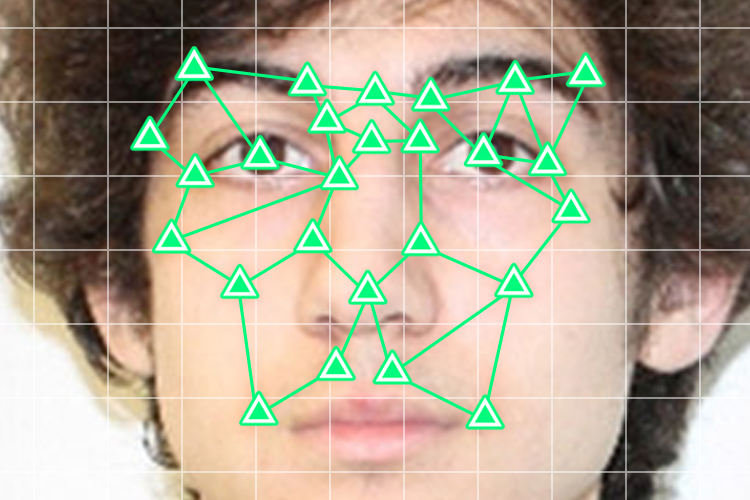
With the recent identification of the Boston bombing suspects, there has been a lot of commentary in the media regarding the use of surveillance video cameras in public. Heather Kelly wrote an interesting article for CNN touching on the proliferation of cameras in society and the use of facial recognition technology to identify individuals. While facial recognition can be very useful in many cases, it is still in its infancy as a technology. What may not be completely apparent is that a very high-quality image is required in order to determine the hundreds of facial measurements needed to accurately identify a face. The vast majority of surveillance cameras installed in most cities don’t meet this threshold.
What’s often not mentioned is the fact that facial recognition does not provide an absolute identification. It compares hundreds of measured points between the face of an unknown individual with known faces contained in a database. The results provide a probability, ie. there is a 95% chance that person A in the CCTV image is Joe Smith. Given this factor there is still a threshold for error in identification. With that in mind rather than the average person being concerned that they may be identified through facial recognition an equal concern should be will I be misidentified?
What one must realize is that facial recognition is nowhere near that of DNA or fingerprints as a form of accurate identification. Facial recognition may never achieve this level of accuracy until the image resolution gets to the point where the individual characteristics of a person’s face can be detected and compared such as; scars, birth marks, freckles, or other distinguishing features. In addition, there have also been studies done that have shown that facial recognition software can be tricked into a false identification fairly easily. Take for example the article written by Kimberly Paxton which describes the various was of tricking the software behind facial recognition systems. This is done by obscuring the “markers” the software uses to make the measurements required to establish a facial match.
Facial recognition is a long way from being a perfect system to identify those individuals that may appear unknown. It can definitely be a very useful technology and further R&D will continue to expand facial recognitions capacity as a formdable crime fighting tool. However, I think the biggest fear the public has with this type of technology is the fear of the unknown. How will it be used? Will I be misidentified? Who will have access to it? Where will it be deployed?
This type of technology is here to say, and will undoubtedly assist law enforcement in identifying those trying to harm us. However, those deploying this type of cutting edge technology need to have a clear set of standard operating procedures that are conveyed to the public so the average person, who is not a criminal, will still have their privacy intact when walking down the street. After all it is the public’s rights and freedoms that government and law enforcement are sworn to protect, which includes one’s reasonable expectation of privacy.
